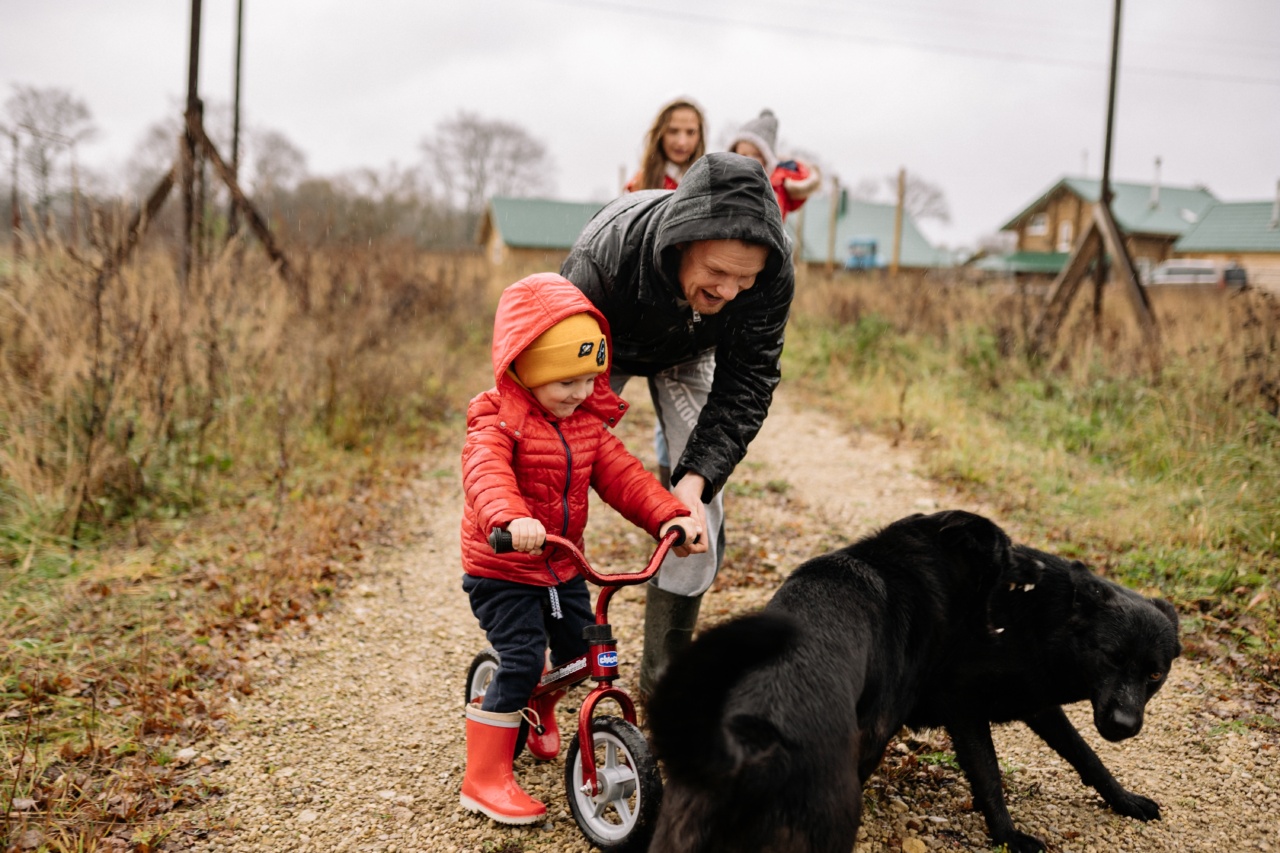Having a scared or anxious dog can be a challenging and often heartbreaking experience for pet owners. Whether it’s thunderstorms, fireworks, or separation anxiety, these fears can greatly impact your furry friend’s quality of life.
Fortunately, there are several tactics you can employ to help your scaredy-dog overcome their fears and lead a happier, more confident life. In this article, we will discuss three effective strategies to support your anxious pup.
1. Create a Safe Space
One of the first steps in helping your scaredy-dog is to create a safe space where they can retreat to when feeling anxious. This can be a designated room, a cozy crate, or even a specific corner of your home.
The key is to make this space feel secure and comforting for your dog. Provide soft blankets, their favorite toys, and a water bowl within easy reach. Make sure the area is quiet and away from any sources of noise or commotion that may trigger anxiety.
2. Counterconditioning and Desensitization
Counterconditioning and desensitization involve gradually exposing your dog to the stimuli that trigger their fear, in a controlled and positive manner.
The goal is to change their emotional response from fear or anxiety to a more positive or neutral one. For instance, if your dog is afraid of thunderstorms, you can play low-volume thunderstorm sounds while engaging in a fun activity, such as playing with their favorite toy or providing treats.
Over time, gradually increase the volume of the sounds while continuing with positive reinforcement. This helps your dog associate the previously feared stimuli with positive experiences, gradually reducing their anxiety.
3. Seek Professional Help
If your scaredy-dog’s fears are severely impacting their quality of life and your attempts at helping them are not yielding significant results, it may be beneficial to seek professional help.
Consulting with a qualified animal behaviorist or a certified dog trainer experienced in anxiety-related issues can provide valuable insights and guidance tailored to your dog’s specific needs. These professionals can develop a comprehensive behavior modification plan, incorporating techniques such as desensitization, counterconditioning, and training exercises to help your dog overcome their fears.
4. Regular Exercise and Mental Stimulation
Engaging your scaredy-dog in regular exercise and mental stimulation is crucial for their overall well-being and can also help alleviate anxiety.
Physical activities like walks, runs, or playtime at the park can release pent-up energy and promote a sense of calmness. Mental stimulation, such as puzzle toys, training sessions, or nose work, can tire their mind, redirect their focus, and positively reinforce their confidence. An exhausted and stimulated dog is often a more relaxed and less anxious dog.
5. Calming Remedies and Supplements
In some cases, incorporating calming remedies or supplements into your scaredy-dog’s routine can be beneficial. Natural products like lavender oil or chamomile can have a soothing effect on dogs.
You can find special dog-safe versions of these products, such as calming sprays or essential oil diffusers. Additionally, certain supplements like melatonin or L-theanine may help promote relaxation without sedating your dog.
Always consult with your veterinarian before introducing any new remedies or supplements to ensure their safety and appropriateness for your pet.
6. Maintain a Consistent Routine
Dogs thrive on routine and predictability. Establishing and maintaining a consistent daily routine can help your scaredy-dog feel more secure and less anxious. Maintain regular mealtimes, exercise sessions, and bedtime rituals.
Consistency in their daily life provides a sense of stability and control, which can help reduce anxiety triggers. Whenever possible, try to avoid sudden changes or disruptions to their routine, as this can undermine their progress in overcoming fear.
7. Avoid Reinforcing Fearful Behaviors
It’s natural for pet owners to want to comfort their scaredy-dog during moments of distress. However, inadvertently reinforcing fearful behaviors can unintentionally reinforce their anxiety.
For example, if your dog is frightened during a thunderstorm and you provide excessive reassurance or coddling, your dog may interpret this as a reward for their anxious behavior. Instead, try to remain calm and provide a reassuring presence without intensifying their fear. Redirect their focus to a positive activity or use soft, reassuring tones to let them know they are safe.
8. Positive Reinforcement Training
Positive reinforcement training can be highly effective in building confidence and reducing anxiety in scaredy-dogs.
Rewarding desired behaviors with treats, praise, or playtime strengthens the bond between you and your dog while encouraging them to feel more secure in their environment. Training exercises such as “sit,” “stay,” and “leave it” can help distract your dog during anxiety-inducing situations and provide a positive focus.
Consistency and patience are key in positive reinforcement training, so celebrate even the smallest victories along the way.
9. Provide a Nutritious and Balanced Diet
Believe it or not, nutrition plays a significant role in your dog’s overall well-being, including their emotional and mental health.
Ensure your scaredy-dog is receiving a balanced and nutritious diet appropriate for their age, breed, and any specific dietary requirements. Consult with your veterinarian to determine the best diet options for your dog, which may include ingredients that support brain health and reduce inflammation.
A healthy body and mind can contribute to a more stable and confident emotional state for your anxious pup.
10. Give Your Dog Time and Patience
Lastly, remember that helping your scaredy-dog overcome their fears requires time, patience, and unwavering support. It can be frustrating and disheartening at times, but staying committed to their well-being can make a world of difference.
Celebrate even the smallest progressions and never punish your dog for their fear or anxiety. Be their biggest cheerleader and provide them with the love and reassurance they need to become a more confident and fearless furry companion.

























